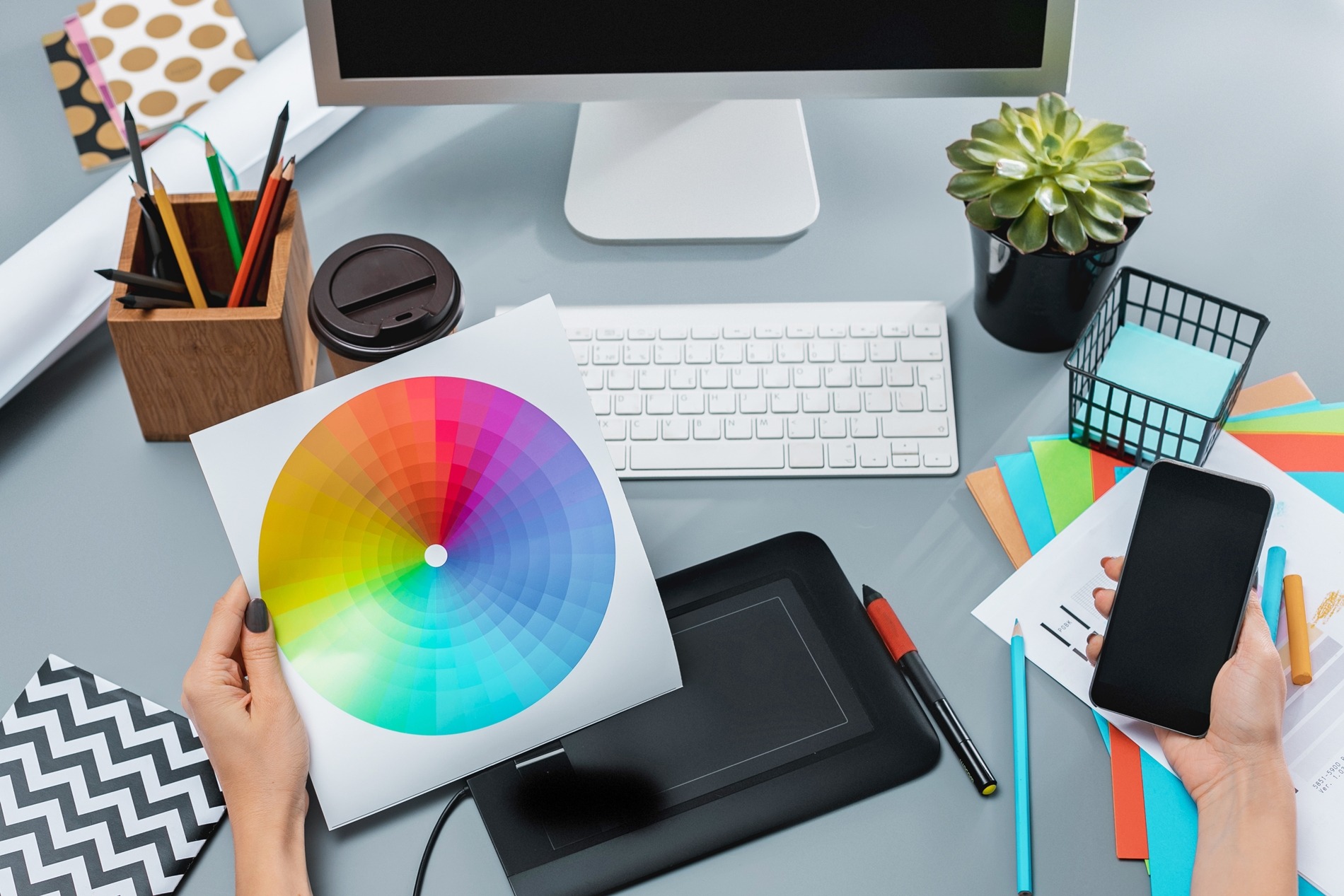With the rise of mobile banking and digital-only banks, the demand for good fintech app design only grows. As this billion-dollar industry takes shape, there are still so many poor designs out there in the world. This, of course, often comes down to limited budgets for projects or misaligned priorities.
Many large companies are only just hiring dedicated UX designers. However, poor user experience and interface design will drive users away as they search for better fintech applications. Encouraging your customers to not only use but also engage fully with your fintech application comes down to whether users feel they’re accomplishing their goals. As a UX designer, I come across poor design all the time — and I’m tired of it. Here are a few tips every fintech business owners should know before they launch a mobile app.
Essential tips for great fintech app design
Table of contents:
Before I dive in, I’ll share an example. I bank with a Polish digital-only bank for my everyday use. Their application is seamless and easy to use. I can navigate and see the status of the system as I click through. They’ve clearly taken their target audience — Millenials — into consideration and have built an app that resonates with this target market.
However, recently they partnered with a more traditional stock brokerage whose clunky app integrates with the banking app. I decided to try it out and see how it worked. Big mistake. Aside from being generally slow, it’s also not clear if transactions have gone through. It also uses cryptic error messages that really drive me over the edge. This is unacceptable in my opinion and breaks several key design principles — especially for apps that deal with money.
While I would like to use the app for its integration with my bank, I won’t, because of its poor usability. To illustrate my point, I’ve compiled a list of key design principles digital-only banks, fintech startups, or traditional financial services companies hoping to lure — and keep loyal users.
The design principles I list below are some of the fundamental guidelines in UX design developed by Jakob Nielson in the early days of the internet. Nearly thirty years on, they’re still as relevant today as they were then and are some of the tools I use every day. Here are some of the things I keep in mind when I’m designing a user interface for one of Espeo’s fintech applications.
1. Make the system status visible
When you’re designing a fintech application, it’s important to keep users informed as much as possible of the status of the system. Since the app will be dealing with people’s money, it’s all the more important to build user trust and make the UX as seamless as possible. Something as simple as speeding up animations that show the status of the system can drive huge increases in user engagement. One famous example is the internet browser Firefox, competing with Google’s Chrome browser, tweaking their code to speed up the browser slightly.
While there were real improvements in speed, these changes were nearly undetectable to the average user. But one trick they employed was to speed up the ”loading” animation to make it appear faster. This drove more people to the browser and helped boost Firefox users. For a fintech application, a feature such as an animation showing the status of a transaction as it goes through in real time could be one way to design the UX to make the system status visible to users.
2. Match the system and the real world
In the product design phase of a project, of course, designers and product owners narrow down and define the target user and find ways to communicate to them in a way they understand. Defining an ideal user or persona is a vital step before you begin so that all other design decisions fall into place. Avoid jargon or coded dialogues in fintech applications. Terms and directions should be visual and intuitive in a good fintech app design.
Confusing directions and dialogue can frustrate users, causing them to stop using the application. This is one of my main critiques for the stock brokerage application I mentioned earlier. When a transaction does not go through, it throws an ”error” message without demonstrating why, or how I can fix it. It makes for an awful UX. Providing clear instructions with clear ways to fix errors is one way to design for real people.
3. Be consistent
This may seem obvious to some, but remaining consistent across all the buttons and options in an app is a principle of design you should not ignore. Users want consistency and it helps them navigate an application and avoid errors. It also makes the app look professional and well-tested. For Fintech apps that deal with money, building trust through great design is a vital part of the process. As a fintech company, you want your users to quickly accomplish their goals with an easy to use user interface.
4. Give users control
Giving your users the possibility to navigate at their own pace increases engagement in fintech apps. Moreover, designing paths for users to click through to find the functionality they’re looking for quickly increases user engagement and creates an overall more pleasant user experience. Paths to confirm transactions before they go through is one of the most important functions fintech applications need. Another way to improve usability is to allow users to customize how they see the application.
In one of Espeo’s mobile fintech applications, Trade.io (pictured above), we added different color modes and a dark mode after user feedback came back to us saying these made usability better for users. The application is an asset trading app. Some users cited that different color combinations — such as magenta and cyan rather than the traditional red and green — made the app less stressful and more like a game. Allowing individual users to toggle between different colors and styles is essential to increase engagement.
Time and time again companies have trusted us as a software development provider. Read more about some of our projects and find out why.
5. Design for simplicity
Minimalist design is pleasing to the eye and presents an uncluttered path to achieve a goal for a user. I can’t stress this point enough. Nowadays, users are often overloaded with information. For this reason, a user interface in a fintech app should be not only attractive but also clean and easy to navigate. Keep irrelevant choices and dialogues to a minimum.
6. Build to prevent errors
This principle of UX design is among the most important and one of the most difficult to plan for in my opinion. There are, of course, best practices to follow but no design is perfect. Really digging in and testing how the regular users will interact with the fintech application is a step you shouldn’t skimp on. Mobile app design is iterative, meaning we design, test, and improve at several stages and constantly adapt to new feedback. The final launch of the application should take the full picture of testing the design into consideration and be as straightforward as possible. Taken together with simple, consistent design, should guide users to accomplish exactly what they want to achieve. Since that is the mark of good design in my book, this is what I always aim for and test, and constantly improve.
7. Final thoughts on great fintech app design
With these general guidelines, your fintech application should keep users engaged and be an integral part of their financial lives. While something as simple as speeding up the loading icon can drive engagement, often product owners lose sight of the design fundamentals. Keeping these guidelines in mind as the project progresses from an idea to a MVP, and finally to a full launch, will help ensure a successful product. Want to know how your idea for an app could look like and get valuable insights into UX design? Consider a Product Design Workshop with us. Fill in the form below and we’ll contact you with details.




